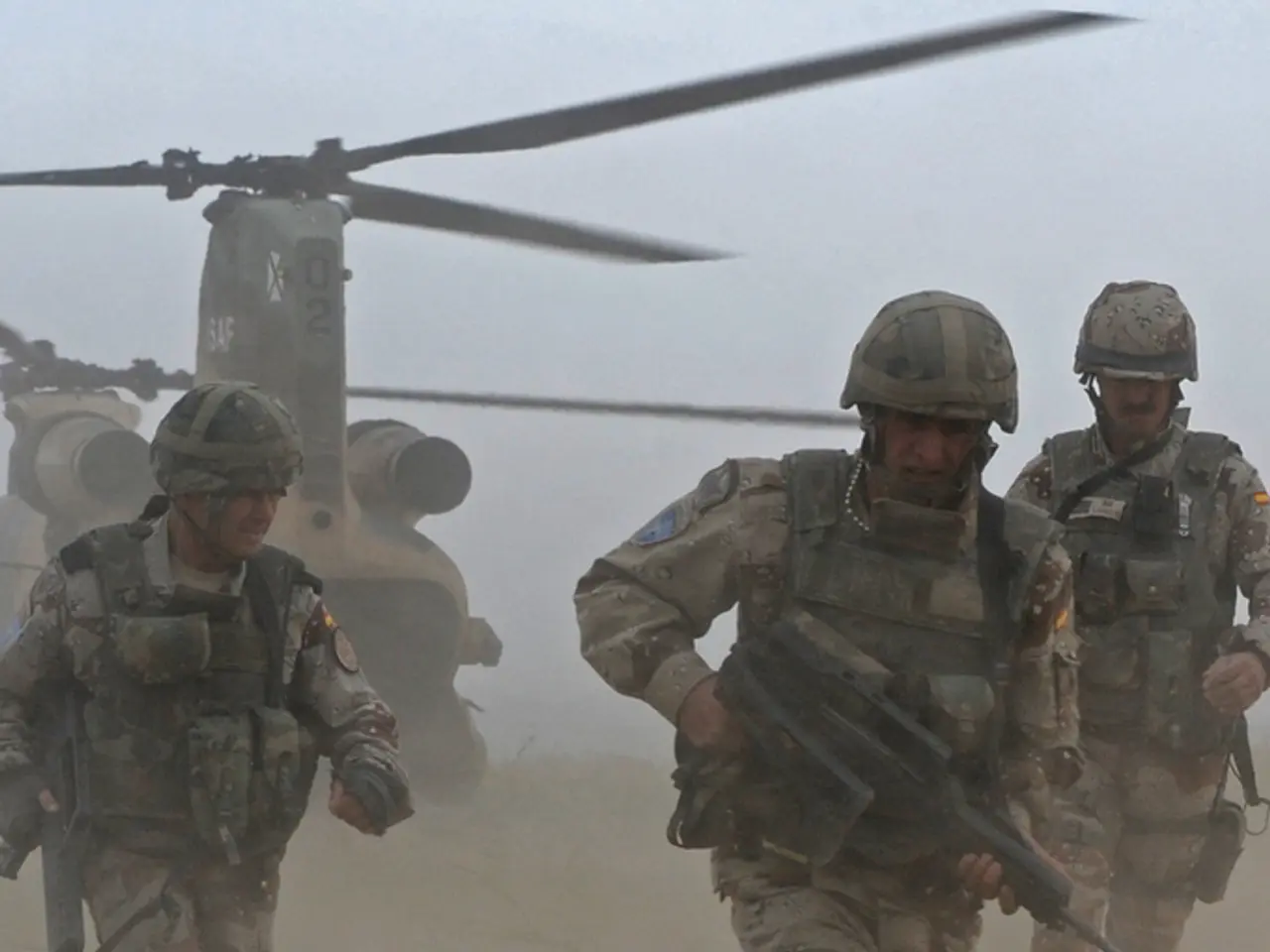Tactics, Techniques, and Procedures (TTP) refer to the methods, strategies, and actions used in various operations or activities, typically in military, intelligence, or cybersecurity contexts.
In the rapidly evolving world of drone technology, Tactics, Techniques, and Procedures (TTPs) have become essential for mission success and risk reduction. These structured frameworks guide operators in planning, deploying, and managing Unmanned Aerial Vehicles (UAVs) for tasks such as surveillance, target acquisition, and emergency response.
TTP development is a complex, ongoing process that ensures drones are integrated seamlessly with ground and air assets, and adapted to specific mission requirements. Realistic training environments, integration with existing forces, iterative procedure development, and customization to mission-specific needs are key aspects of this process.
Realistic training environments, like those with unrestricted airspace, diverse terrain, and long beyond-visual-line-of-sight (BVLOS) corridors, provide operators with hands-on tactical training that mirrors operational conditions. This allows them to practice advanced flight dynamics, electronic countermeasures, and mission integration with ground forces.
Integration with ground force units is also crucial for ensuring seamless operational integration, including real-time situational awareness through systems like ATAK servers that provide common operational pictures (COP).
Iterative procedure development involves crafting and refining Standard Operating Procedures (SOPs) and operational playbooks that specify how drones are employed under different scenarios, who commands drone units, and when and how technologies like interceptor drones or electronic jamming tools are used.
TTPs are tailored to fit the specific operational environment and mission objectives, such as counterterrorism strikes, surveillance, or electronic warfare. Training with subject matter experts ensures that drone capabilities become force multipliers rather than isolated skills.
On the defensive side, TTPs also govern the deployment of integrated multi-layered counter-drone systems, combining interceptor drones, electronic detection, and jamming tools — adapted to unit-level needs and command structures.
As drones take on more autonomous roles, software may automate certain TTPs, allowing drones to respond dynamically to environmental inputs or threat detection without waiting for manual commands.
TTPs are not always necessary for all drone missions but are particularly beneficial for high-stakes or repeatable missions. They provide a repeatable approach that reduces decision fatigue and allows faster adaptation in the field. Procedures provide step-by-step instructions that ensure the techniques are executed precisely and safely.
In the drone industry, TTPs are developed based on real-world use cases, pilot experience, regulatory requirements, and continuous testing, and they evolve over time to keep up with new technologies and mission demands. Many commercial drone operators adopt or customize TTPs to ensure compliance, safety, and efficient data collection.
During flood response operations, for instance, drone teams utilize a TTP that includes a wide-area scan using infrared sensors, a grid-based search for trapped individuals, and real-time image transmission to rescue teams.
By following established TTPs, drone teams can minimize risk and improve response times. Operators use TTPs to maintain consistency and safety during operations, including in chaotic or high-risk environments.
In summary, TTP development is a crucial aspect of drone operations, ensuring mission success, risk reduction, and operational safety. As drones become more autonomous, the importance of TTPs will continue to grow.
- To enhance the effectiveness of data-and-cloud-computing systems in providing real-time situational awareness during drone operations, TTPs integrate ATAK servers to create common operational pictures (COPs).
- As the field of threat detection advances, technology may automate TTPs to enable drones to respond dynamically to environmental inputs or potential threats without manual commands, thereby improving mission efficacy and ensuring operational safety.




